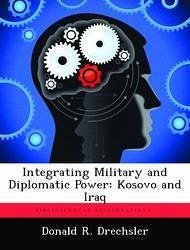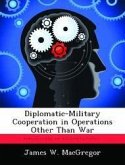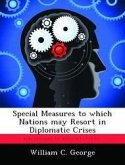The current level of integration between the Department of State and the Department Defense is inadequate to deal with the contemporary strategic environment. Diplomacy and military force are inherently intertwined and the complexities of State-Defense coordination are much more challenging than they appear. Two recent cases, 1999 in Kosovo and 2003 in Iraq, reveal the inter-departmental dynamics that complicate State-Defense relations during a crisis. The relatively successful postwar planning for Kosovo, facilitated by the PDD 56 interagency coordination process, should have served as a useful template for Iraq, but this corporate knowledge was not transferred between presidential administrations. Central Command (CENTCOM), the Office of the Secretary of Defense (OSD), and the State Department all created plans that were not only rushed due to a late start, but were not adequately integrated. Until January 2003 and the creation of the Organization for Reconstruction and Humanitarian Assistance (ORHA), CENTCOM, State and OSD planned independently of one other. The failure of Iraqi reconstruction planning demonstrated that State-Defense integration occurring only at the very highest levels was insufficient for an undertaking of this magnitude. Structural, educational, and incentive reforms outlined in this study are necessary to improve State-Defense integration and contribute to more effective American foreign policy.
Hinweis: Dieser Artikel kann nur an eine deutsche Lieferadresse ausgeliefert werden.
Hinweis: Dieser Artikel kann nur an eine deutsche Lieferadresse ausgeliefert werden.








